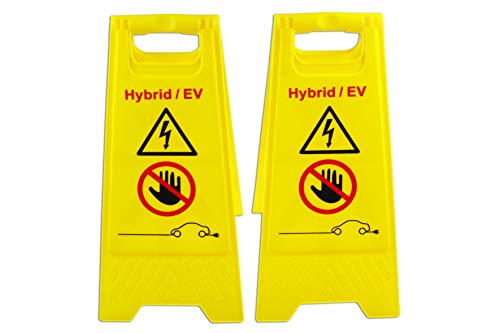Hi !
My issue that started only in cold weather is now permanent.
Heating the battery and erasing all error codes with Diagbox (PSA tool) I could restart the car, but the voltage readings on CMU_10 are still jumping all over the place on 3-4 cells of the module.
Not bad enough to completely disable the car (like it was during this winter) but still errorous and unreliable.
Those issues on CMU_10 can't be a coincidence, maybe it is the board that sees the most temperature cycles, thus fails most of the time ? Hard to tell.
Anyhow, I might have found a company that could repair my battery.
Since the car would need to be transported over several hundred km, I really need to know this is going to work before I give it a go...
In this thread, it was said a CMU board needs to be programmed to learn the cells modules it is supervising. The repair guy says that if we're going to swap the CMU_10 board we need to source a used CMU_10 board (not another number). So about that, it matches the idea that CMU boards are programmed and apparently cannot be reprogrammed.
On the other hand, he is not aware of the fact that the CMU board is VIN programmed. In other words, a CMU_x board from a used vehicle could be used as is in any other vehicle, as long as it is replacing a CMU_x board (not a CMU_y or CMU_z...). If the module number matches, it should be fine he reckons.
Does anyone has a verified information about that question. Are CMU boards VIN programmed or not ? Are they car swappable if CMU module number matches ?
Cheers and good luck























